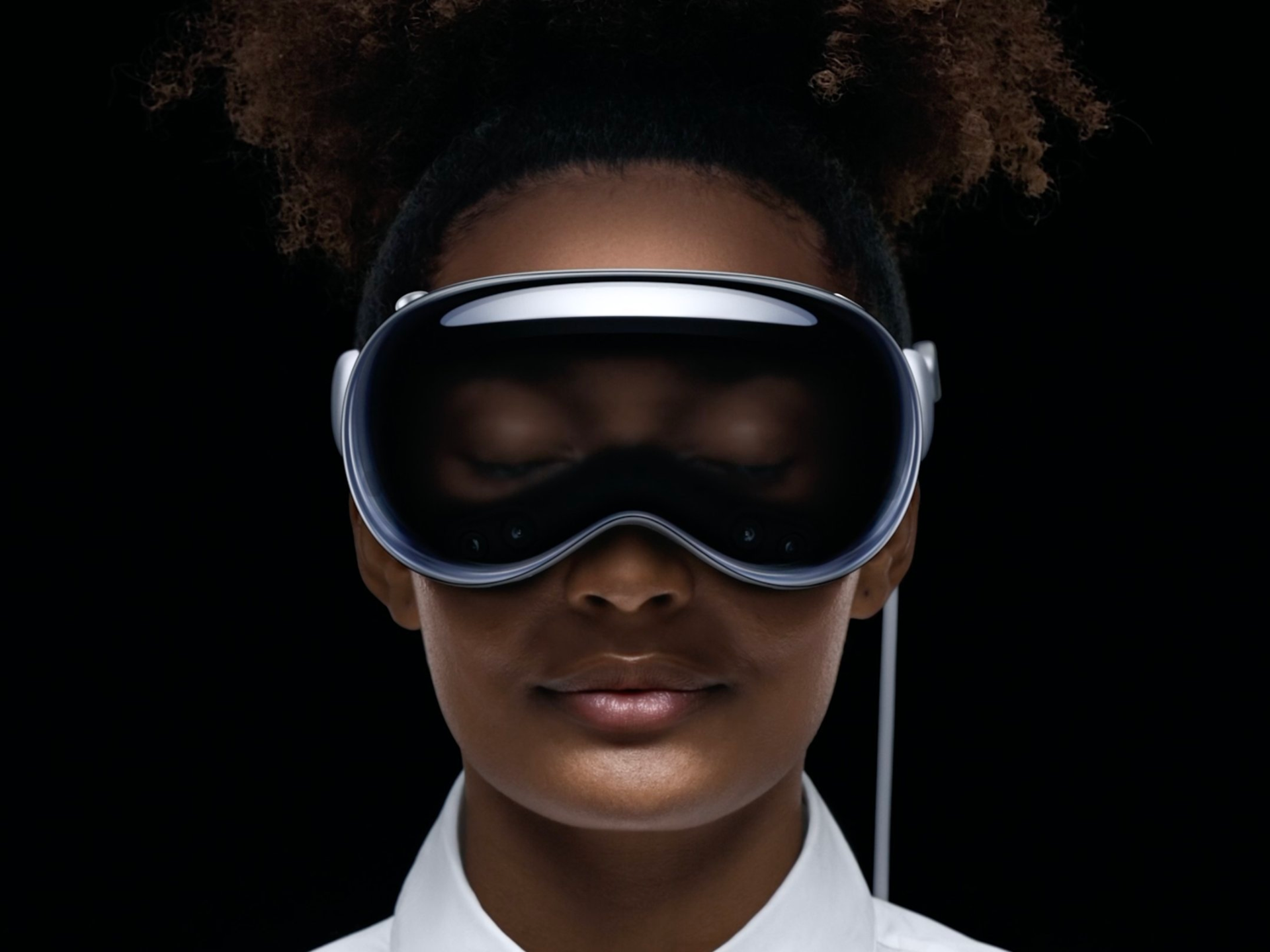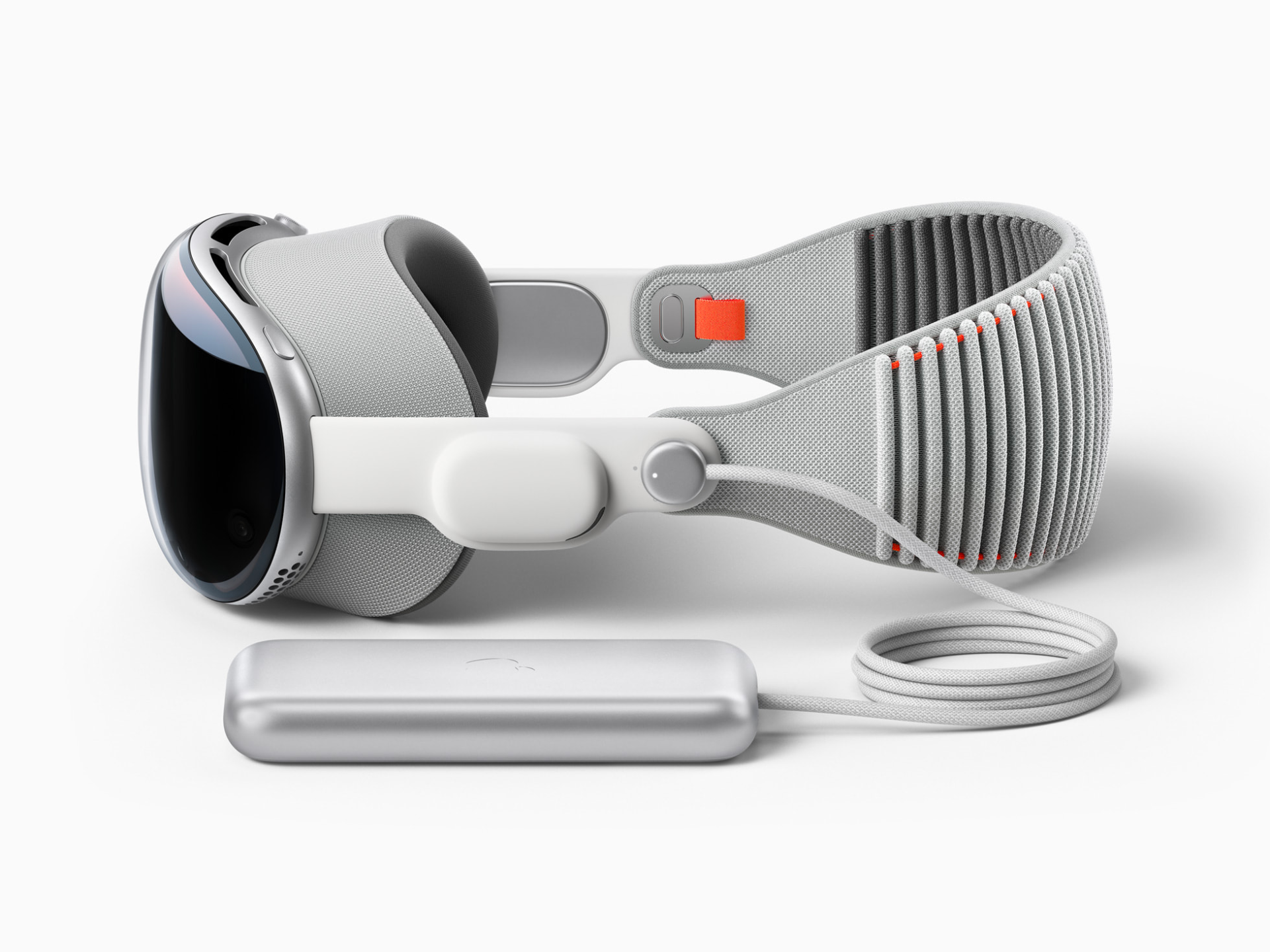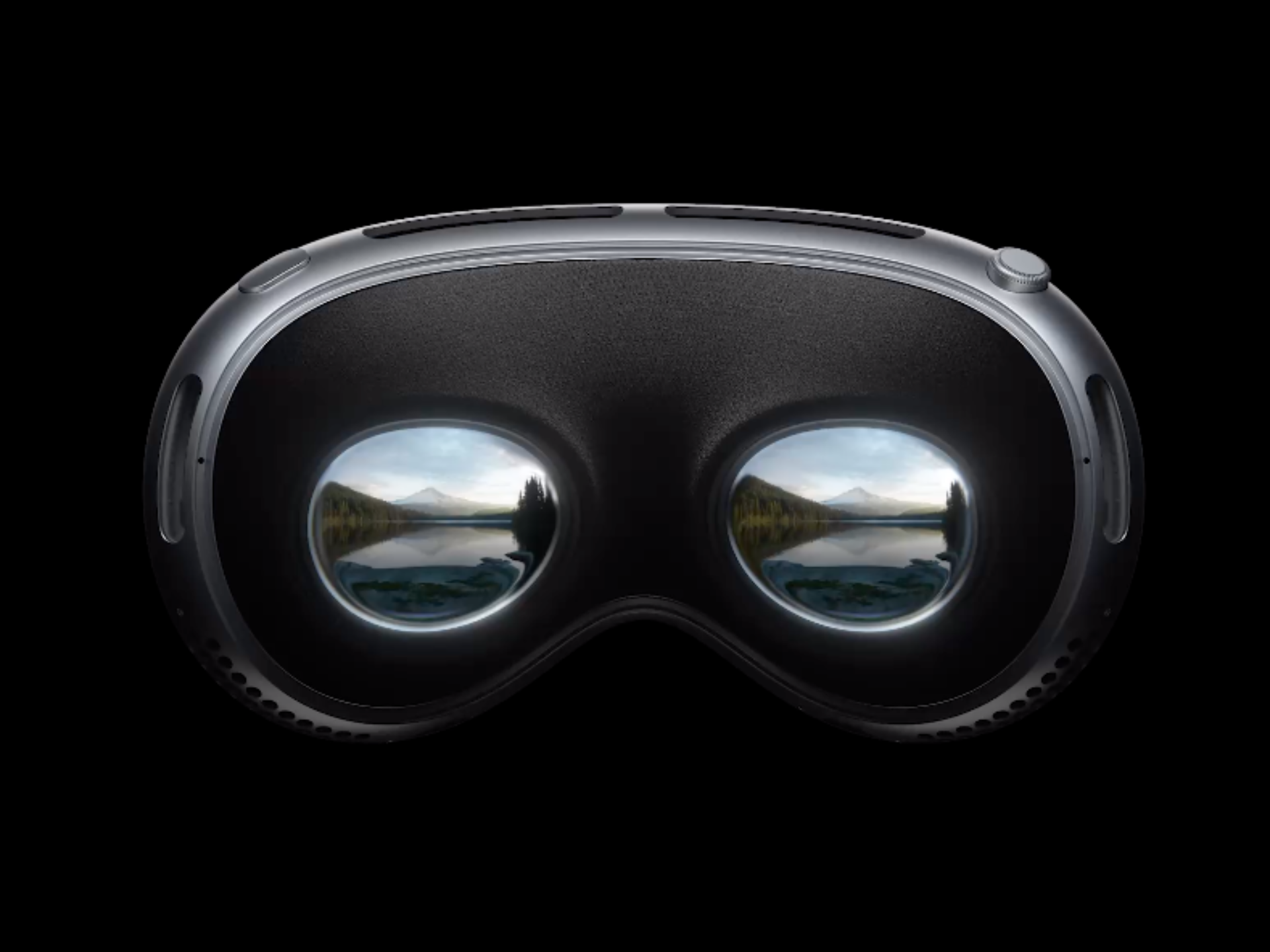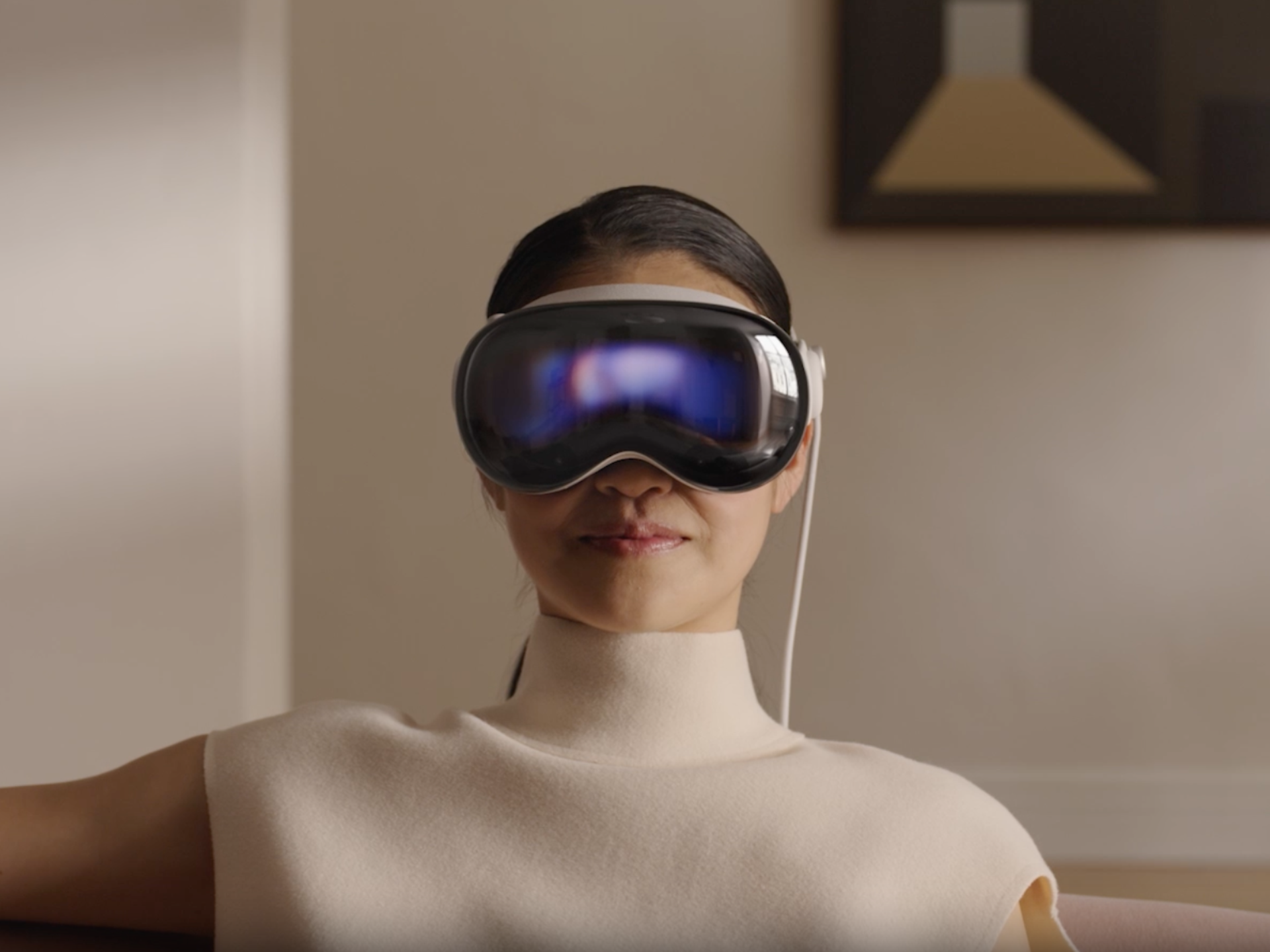After many years in the rumor mill, Apple finally announced its brand-new, and first AR/VR product, the Apple Vision Pro headset. The new device supports gestures, hand tracking, voice input, and Siri. It enables seamless and hands-free interaction with digital objects, and it provides an immersive Augmented Reality and Virtual Reality experience in one single product.
Apple Vision Pro
The Apple Vision Pro brings a lot of design elements from the Mac, iPhone, and Watch. It has a wide array of camera and sensors that track your hands, eyes, and people and objects around you. The Vision Pro has vents on the sides and bottom, as well as a crown, inspired by the Apple Watch. The headset has a fabric, breathable strap. The headset has a modular design that can conform to each and every different user's unique head and face.
The Vision Pro has magnetic lens, and supports a magnetic connection that lets you wear the headset with ease, without heavy and many cables hanging around you. The portable battery can easily slip into your pocket, and while it still takes up space and weighs a bit, it's said to be more comfortable than other competing solutions.
The Apple Vision Pro has 23 million pixels on each panels. Apple designed its own lens that provides sharp and incredible detail at a resolution of up to 4K without any distortion. The Vision Pro supports EyeSight, which tracks the user’s eyes, letting them see through the headset. The outside also contains a screen that can project the user’s eyes, and hide them to make the experience more user-friendly for those around the person using the headset. This can also project the user’s eyes and face when other people come close by, making the experience seamless, and transparent.
As for audio, the Vision Pro has dual drivers that support Spatial audio. The headset also uses Audio ray-tracing to analyze your room and provide a more immersive audio experience.
The Vision Pro is powered by the Apple M2, and a brand-new R1 chip – specifically designed for the Vision Pro. The R1 eliminates lag, and processes the information from all the microphones, speakers, cameras, and other sensors. The headset is powered by visionOS, and it supports a new real-time subsystem, a foveated renderer, multi-app 3D engine, iOS and spatial frameworks.
Apps & Entertainment
The powerful chips and operating system also mean that Apple made iOS and iPad apps natively available to run on visionOS, and the Vision Pro headset will support a large number of applications right from launch. Users will be able to discover new and existing supported applications on the App Store.
Users will be able to do just about anything that’s already possible on their Mac computer, iPad tablets, and iPhones. That means that users can watch movies and videos, browse the web, play games, interact and message family, friends, and co-workers, and much more. Vision Pro will support FaceTime and iMessage, and it’ll let users displayed on large video tiles, as if they were in the room with the person making the call.
The headset can also be used for work, and it lets users listen to music, use a virtual keyboard, dictate, and use Siri. visionOS also lets users scale up their Mac’s display, eliminating the need for multiple monitors.
Apple Vision Pro: Price & Availability
The Apple Vision Pro starts at $3,499 in the US and will be available early next year on Apple.com and at Apple Store locations in the US. The headset will be coming to more countries later next year, and users will be able to learn, experience, and personalize their fit for Vision Pro at Apple Store locations




